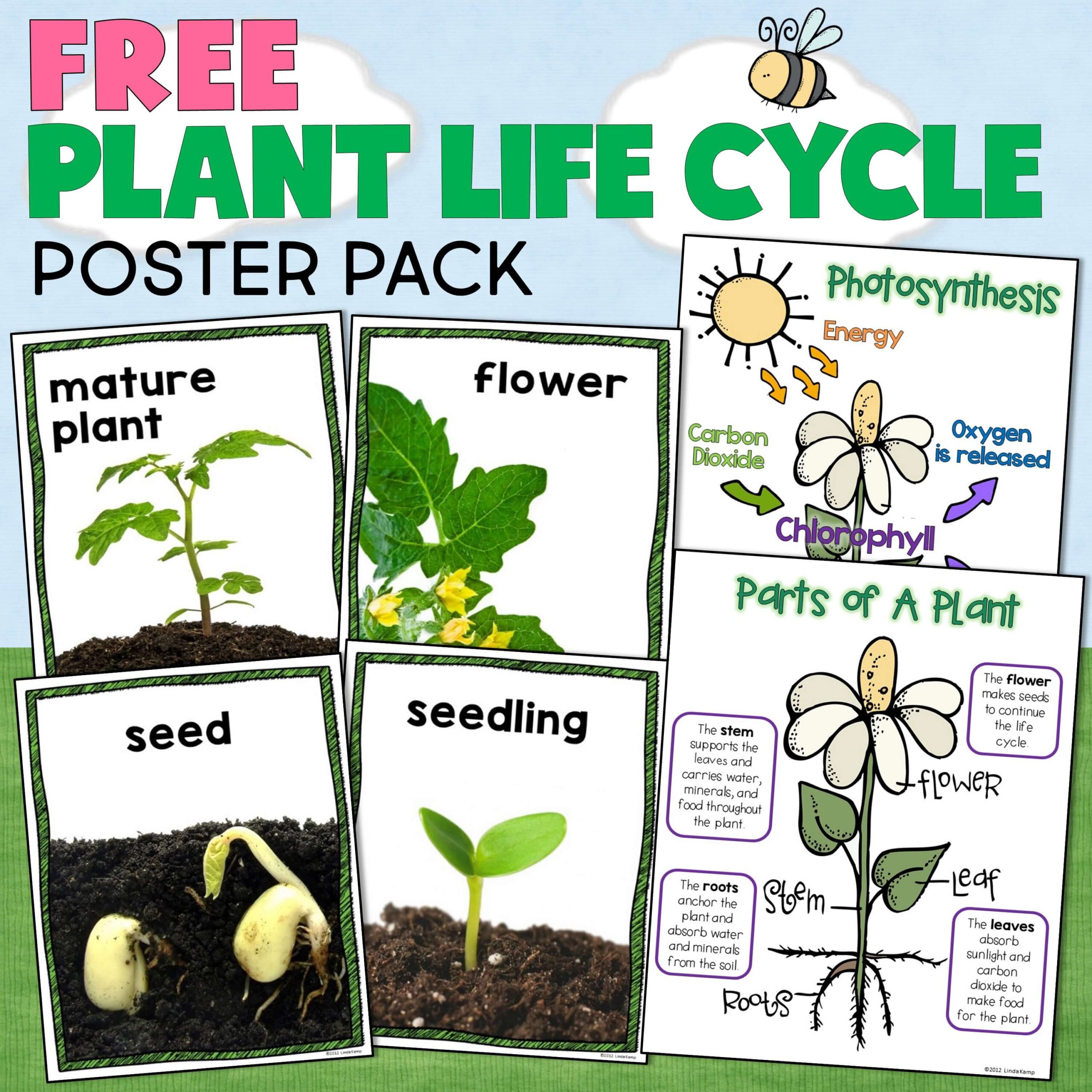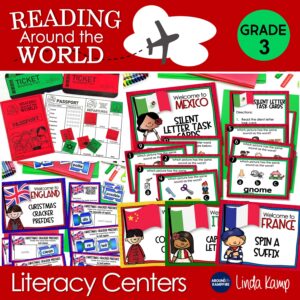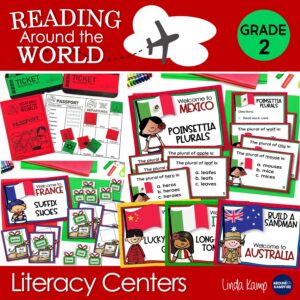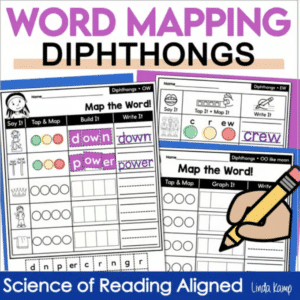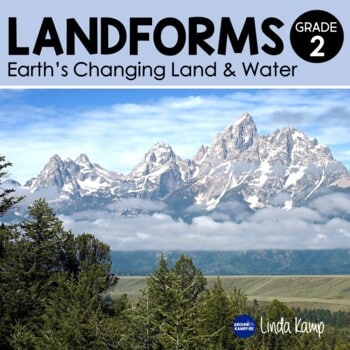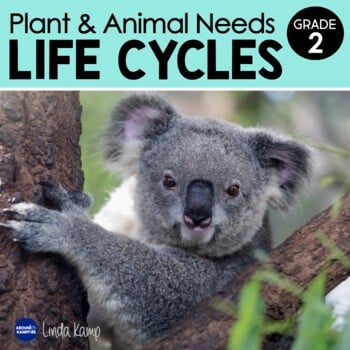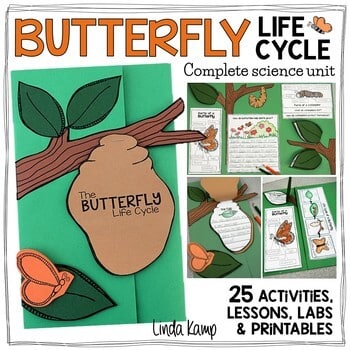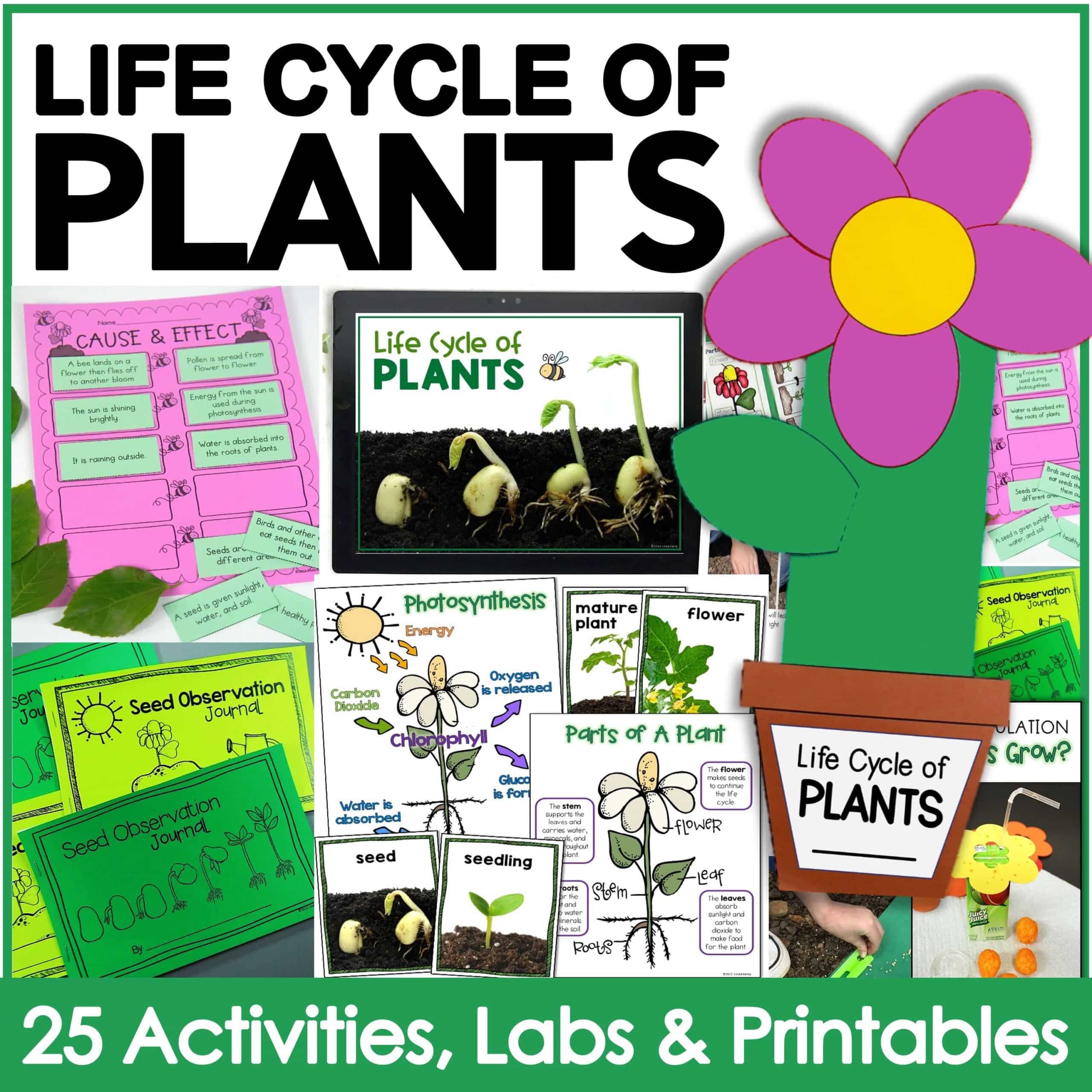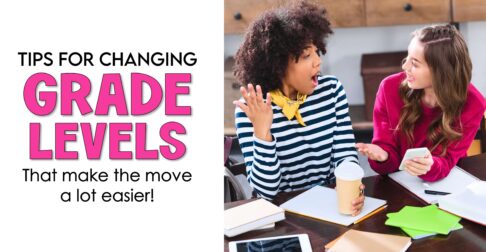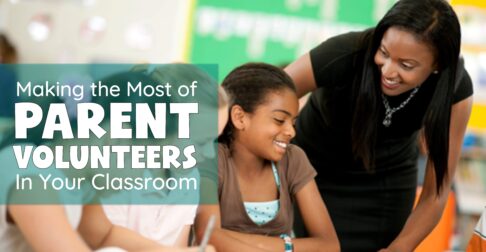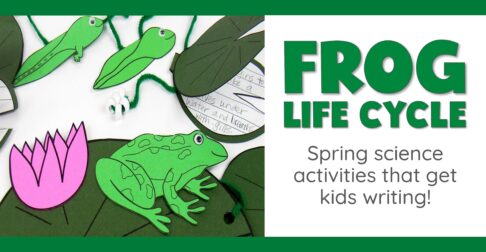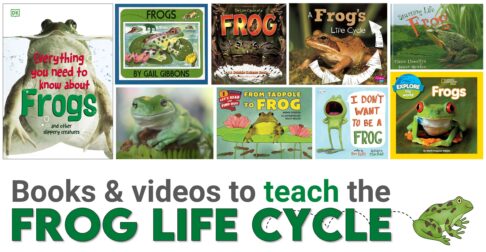In this post I'll share 10 timely tips for changing grade levels to help make the transition easier. Switching to a new grade level can bring fresh challenges and ... Read More
Around the Kampfire
Elementary Teaching Blog
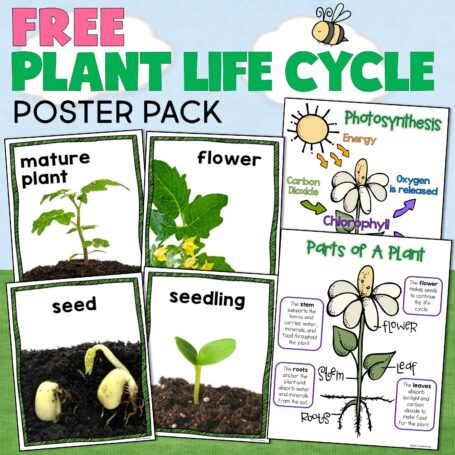
Plant Life Cycle Poster Pack
Get a FREE plant life cycle poster pack plus parts of a plant and photosynthesis posters to add to your science reference wall!
New Products
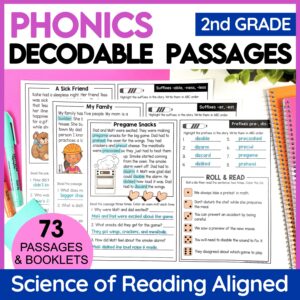
Decodable Phonics Passages and Comprehension Questions | 2nd Grade
Best Sellers
New on the Blog
How to Set Up and Manage Parent Volunteers in Your Classroom
I don’t know about you, but as an elementary teacher, I can’t live without my parent volunteers in the classroom! They love the opportunity to be a part of their child’s ... Read More
5 Frog Life Cycle Activities That Are Perfect For Spring
With Spring in full swing, what better time to learn about life cycles and the fascinating world of frogs? Inside this post, you’ll find engaging and fun frog life cycle ... Read More
15 Books and Videos to Teach the Life Cycle of a Frog for Kids
Teaching the life cycle of a frog is always a highlight of my year. My students get so excited to observe the changes and learn about the process. However, securing real ... Read More
Join Me Around the 2nd Grade Kampfire on Facebook
Hello Friends
I’m Linda Kamp, a 20 year primary grade teacher with a passion for creating educational materials that excite students and make learning fun!
I'm so glad you're here!

